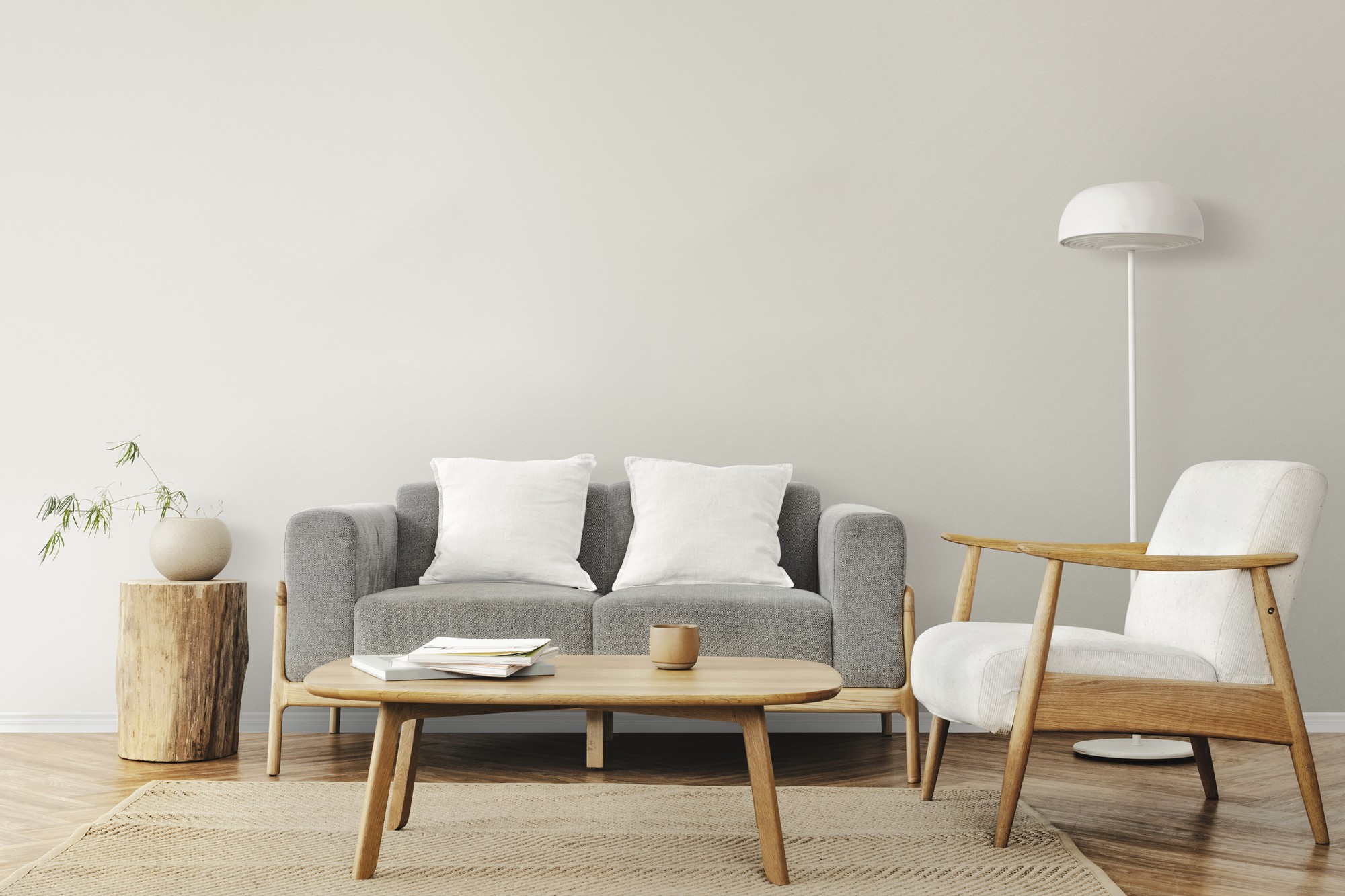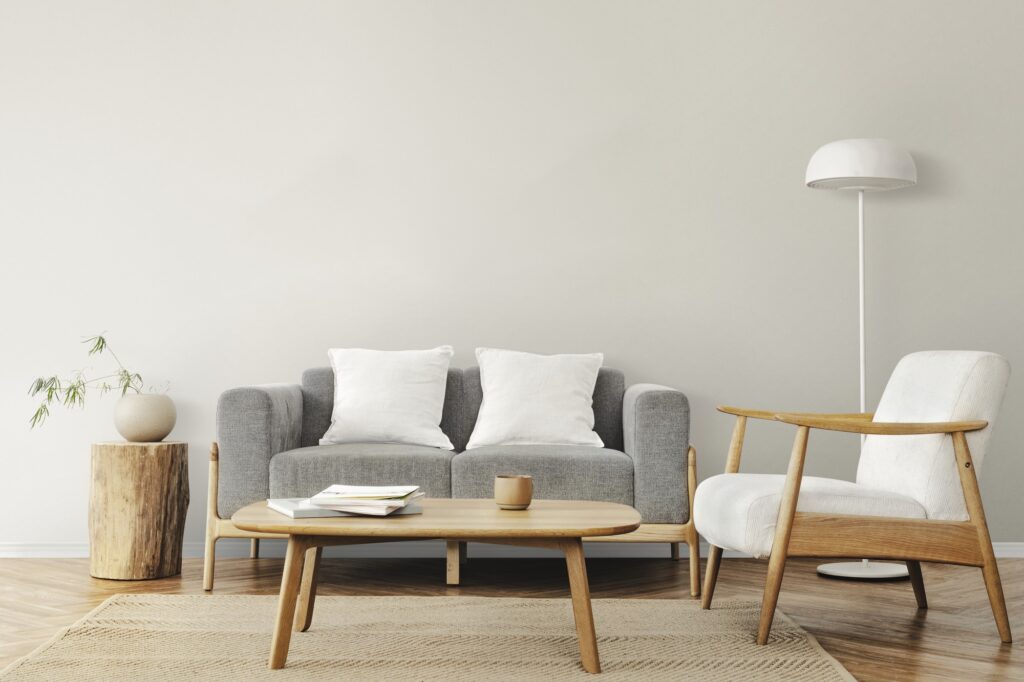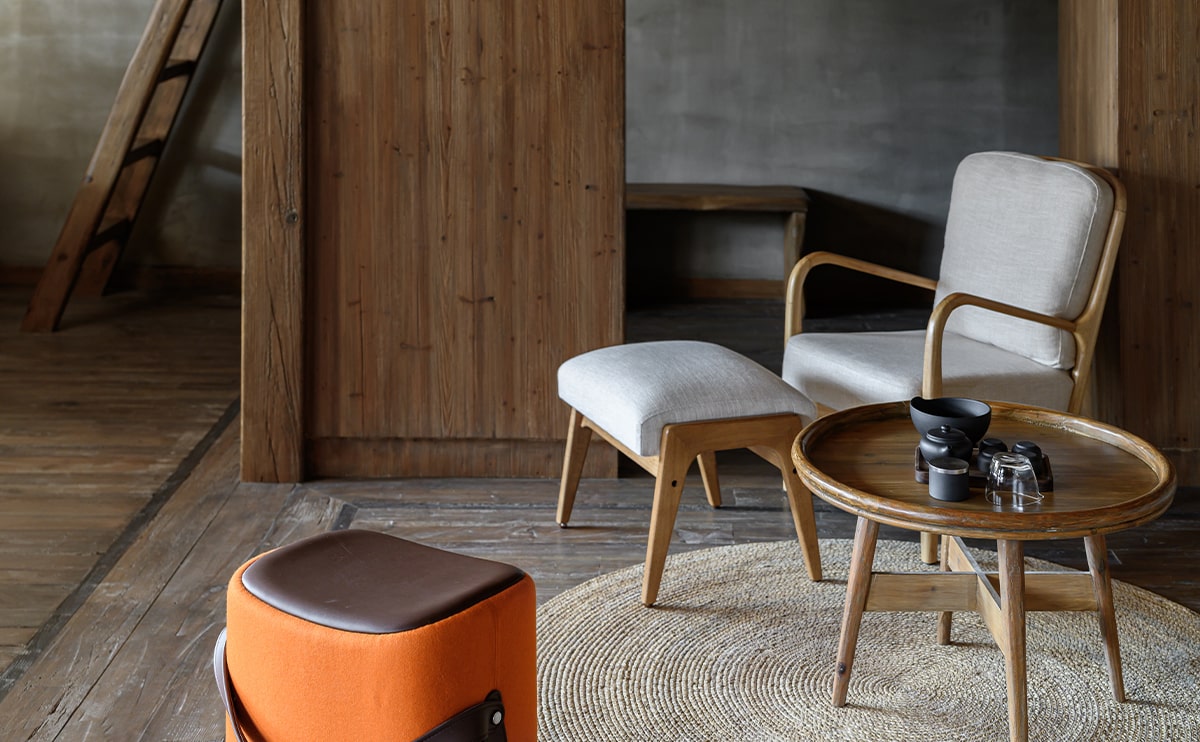Booming Second-Hand Furniture Market in the UK: Affordable, Sustainable, and Trendy


With cost-conscious living and environmental responsibility taking center stage, the UK’s second-hand furniture market is experiencing remarkable growth. Industry forecasts project a 40.8% increase from 2022 to 2027, reaching an impressive £1101 million in value—far surpassing the anticipated 7.9% growth of the overall furniture market. As more consumers embrace eco-friendly furniture, budget-friendly home decor, and sustainable living, second-hand furniture is becoming an increasingly attractive option
The appeal of pre-owned furniture is stronger than ever, with over a quarter of UK consumers now considering resale options. The rise in affordability, accessibility, and quality of second-hand items is fueling this trend, making it easier for buyers to furnish their homes without compromising on style or sustainability.
impact on society
It can be high quality stuff.
Because a piece of furniture is second-hand, it has already survived the test of time. Really good furniture should last for decades, even a century or more. If the frame is solid, it may only need some basic restoration to look amazing. And all of that comes (usually) at a fraction of the price you’d pay for new.
It saves resources and reduces waste.
The furniture industry is an enormously wasteful one. From textiles and woods to plastics and resins, it takes a lot to create the items in your home, especially if they’re built to last only a few years before breaking or looking out of date. Buying second-hand reduces demand for new resources, and it comes without packaging.
Key reasons to embrace the world of secondhand furniture
Cost Savings
One of the most compelling factors for opting for used furniture is its huge cost savings. The price tags attached to new furniture can be exorbitant, especially if you want high-quality pieces. When you buy used items, however, you will discover amazing deals on slightly worn or even old-fashioned furniture at a fraction of what it would have cost you if it were brand-new. It is particularly useful for individuals who have just started living alone or those operating on a tight budget. Thus by acquiring used furnishings, you can entirely decorate your residence without emptying your pocket.
Environmental Impact
Sustainability is something that should be regarded as important in contemporary society, and it has a great effect on the environment by the furniture sector. New furniture production uses lots of natural resources, and energy and often involves environmental hazards such as chemicals and emissions. Buying used furniture will reduce your carbon footprint as well as conserve our planet’s resources. When you purchase second-hand items, you give them another chance to live while saving them from going into landfills where they can take decades or even centuries to decompose.
Housing Market Challenges Drive Resale Growth:
With UK mortgage rates around 6% and house prices soaring by 73% over the past decade, the demand for affordable second-hand furniture is rising. First-time homebuyers, facing financial constraints and growing environmental awareness, are increasingly turning to the resale market as a cost-effective and sustainable solution for furnishing their homes.
Breaking Barriers: How Retailers Can Succeed in the Second-Hand Furniture Market?
As the UK second-hand furniture market grows, retailers must simplify the buying process to attract more consumers. Enhancing transparency, offering detailed product descriptions, and improving customer experience can make buying used furniture as seamless and appealing as purchasing new. By addressing these key factors, retailers can capitalize on the booming resale trend and boost customer confidence in pre-owned furniture.

